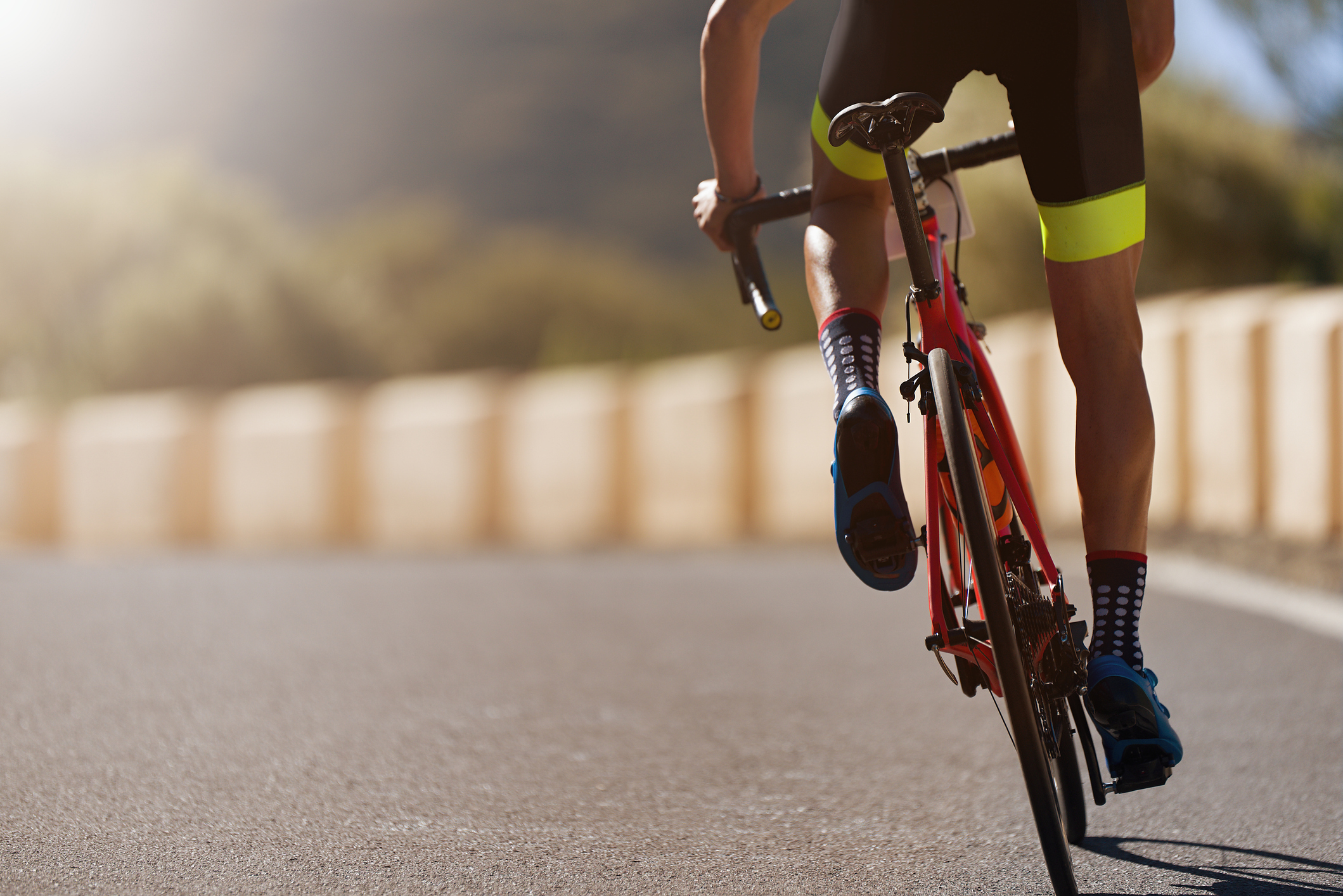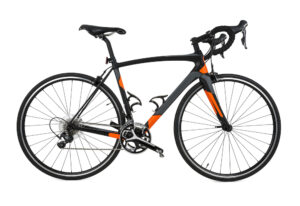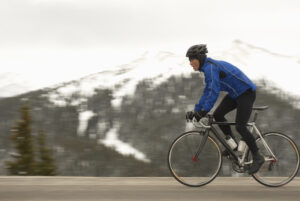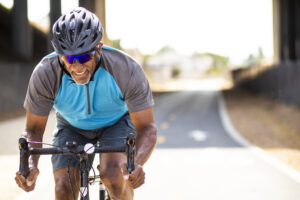Making sure that your bike fits correctly is so important to ensure a comfortably ride. For shorter rides, this may not be as crucial, but for longer ones, a poor fit really becomes noticeable. A well-fitted bike not only enhances comfort but also improves efficiency, reduces the risk of injury, and ultimately enhances your overall cycling experience. In this article, we’ll delve into the importance of bike fit and comfort, exploring how to find the right position for you:
Understanding the Basics of Bike Fit
Before starting your journey, it’s a good idea to understand the basic principles of bike fit. This includes several key measurements and adjustments that can significantly impact your comfort and performance on the bike.
Frame Size
The first step in achieving a proper bike fit is selecting the right frame size. This is determined by factors such as your height, inseam length, and riding style. A frame that is too small or too large can result in discomfort, poor handling, and potential injury.
Saddle Height and Position
The height and position of your saddle play a critical role in achieving a comfortable riding position. Ideally, your saddle should be adjusted so that your leg is almost fully extended at the bottom of the pedal stroke, with a slight bend in the knee. Additionally, the fore-aft position of the saddle can be adjusted to ensure proper weight distribution and minimize strain on your knees and lower back.
Handlebar Reach and Height
The reach and height of your handlebars can significantly impact your riding comfort and efficiency. Adjusting the handlebar height and reach allows you to find a comfortable riding position that minimizes strain on your neck, shoulders, and arms. Proper handlebar position also improves bike handling and control.
Customizing Your Bike Fit
While understanding the basic principles of bike fit is essential, every cyclist is unique, and achieving the perfect fit often requires personalized adjustments. Here are some additional factors to consider when customizing your bike fit:
Cleat Position
If you use clipless pedals, the position of your cleats can have a significant impact on your pedaling efficiency and comfort. Experimenting with the cleat position can help alleviate foot pain, knee strain, and hot spots.
Stem Length and Angle
The length and angle of your stem determine your riding position and weight distribution. Adjusting the stem length and angle allows you to fine-tune your bike fit to accommodate your flexibility, riding style, and comfort preferences.
Handlebar Width
The width of your handlebars should match the width of your shoulders to ensure optimal comfort and control. Narrow or wide handlebars can result in discomfort, fatigue, and compromised handling.
Achieving the perfect bike fit is essential for maximizing comfort, performance, and enjoyment on the bike. By understanding the basic principles of bike fit, customizing your fit to suit your unique needs, and maintaining your bike regularly, you can ensure a comfortable and rewarding cycling experience for miles to come!
Share this post:



